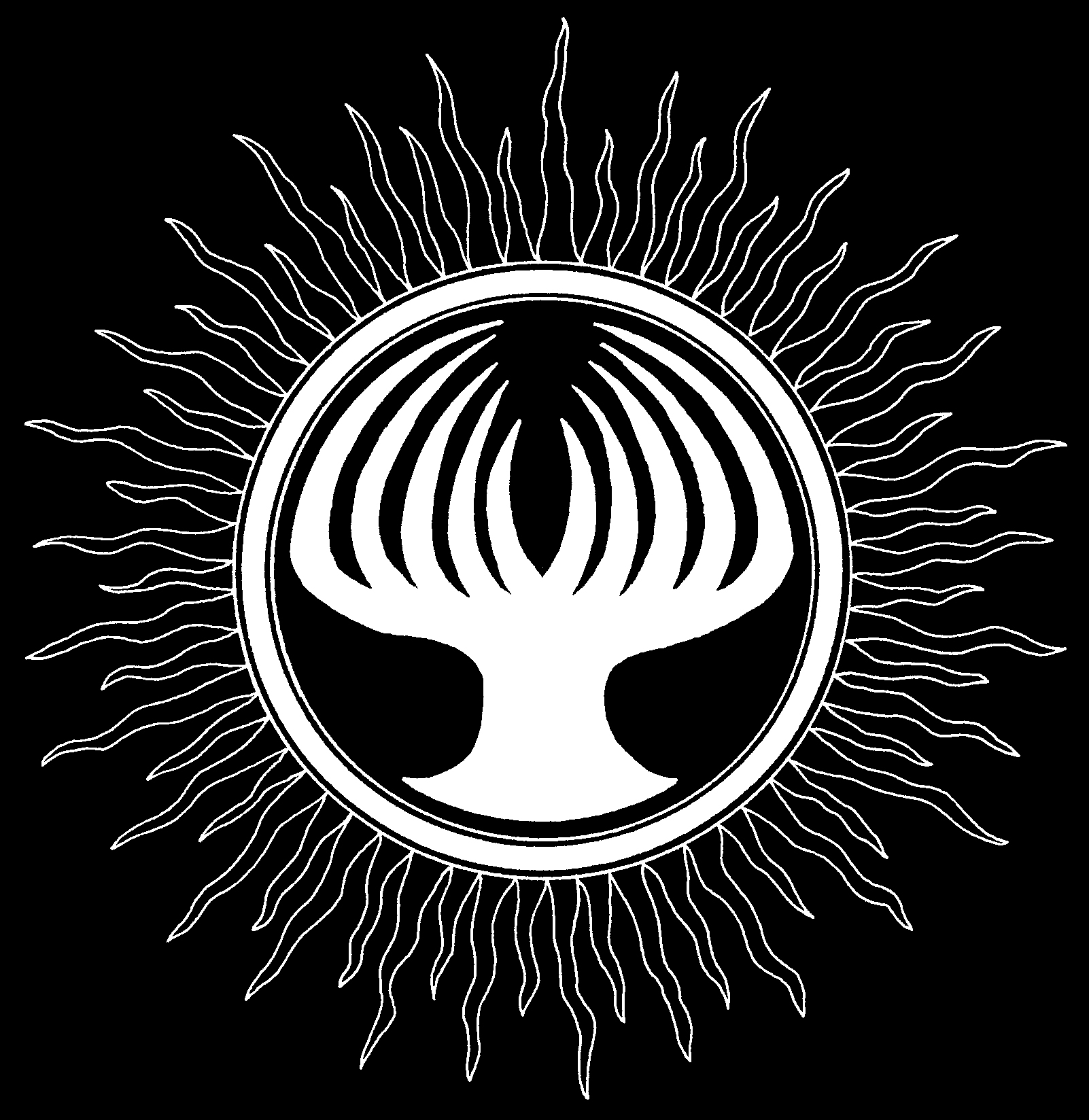The first of two articles showing extracts from the Time Chapter of the Tefr Prelude to Rhapsody book. This article concerns how time is marked on the world of Tefr.
In the beginning the creator made the world and set it in a place of stability and order. There were no seasons, only night and day. When the world was fragmented the climate became unstable, changing during the year and over even longer periods of time. However, the stone of balance ensured that these changes would always cycle back to their starting point and thus the time of the world was set.
Tefr Days
Each day lasts for 24 hours, the length of daylight and night-time depending upon latitude and time of year. There are seven days in the week, each named in the Annuan form as listed. Different countries have other names and variations; in Tiel they have a forty-day week, each day having a different name. However the Annuan week is the most internationally accepted.
Kiessan Days of the week
Worshipday
Elday
Arenday
Meday
Houlsday
Sournday
Arbaday
Tefr Months
There are ten months in one year on Tefr, each being four weeks or twenty eight days long. The months are also named after Lords of Light or gods.
Kiessan Months of the Year
Melik
Atana
Biel
Cusion
Albaren
Orone
Felin
Efrana
Rigeth
Firmar
The Tefr Year
One year contains 40 weeks, or 280 days. There are four seasons in a normal year, each of which can be affected by the Great Year, which is explained later. Each season lasts for about two and a half months, except Rodien, the Winter, which includes a variable period of time separate to the rest of the calendar called Year’s End or Yearsend.
The Seasons of Tefr
Winter–Rodien
15th Rigeth to 28th Melik, solstice on 15th Firmar
Spring–Medil
1st Atana to 14th Cusion, equinox on 7th Biel
Summer–Amara
15th Cusion to 28th Orone, solstice on 15th Albaren
Autumn–Ilcos
1st Felin to 14th Rigeth, equinox on 7th Efrana
The Year’s End
At the end of the year there is a period of time known as the Year’s End, or Yearsend as many know it. It is marked by many different customs and cultures throughout the world. Yearsend lasts for between four and six days (this is officially varied by the seers and high priests throughout the great year to accommodate time differences), and begins with the old sun slowly being consumed by darkness, leaving the world in a red twilight for most of the first day. After the first night there is no dawn and a period of darkness lasts between forty-eight and ninety-six hours. At the end of this time another day of red twilight heralds birth of the new sun. Thus the new year begins.
Over the Yearsend period ceremonies are performed to lay old sun to rest, ensure a new sun will be born and that its year will be prosperous. In many cultures, including those that follow the Tree of Life, this is also a continuous period of feasting, celebration and, at times, debauchery. Other cultures see Yearsend as a time of fear when prayers, rituals and sacrifices are undertaken to ensure the return of the sun. Needless to say it is also a time when it is dangerous to be out alone, a time when creatures of darkness creep close to homes and villages, a time of blood and wailing in the long night.
The Great Year
The great year lasts for forty normal years and has seasons in the same manner, each lasting for about ten years. This tends to have an adverse effect upon the weather of Tefr although the difference is fairly mild. During the height of the great winter, when this coincides with normal winter, lands as far south as Missholm can become totally icebound for months, with glaciers flowing from the mountains all about the North Ocean. The Great Spring and Autumn periods are often marked by heavy rain and flooding in lowland areas. In the Great Summer there are marked periods of drought in many of the southern countries during normal Summer, with typhoons in the North in Winter.
Counting The Years
The years on Tefr are counted by the number of Great Years the have passed since The Tree of Life was destroyed, along with the number of years that have elapsed in the current Great Year. Thus the fist year of the twelfth Great year would be referred to as 11, 00. The thirty-first year of the fortieth Great Year, is written as 39, 30 .
On top of this the month and day would be written after the year. For example: 39,30 Efriece 3 (note, this is a good starting date for a Tefr based adventure).
Phases of the Moons
Two moons can be seen in the night sky of Tefr, but not all year round. Aranthus, the larger moon, is an uneven red in colour, and is often regarded as malevolent. Meo, the smaller moon, is blue and white in colour, and is often called the follower or good moon; she is said to make sure that Aranthus can do no harm whilst she shines.
Meo has a monthly phase, much like our own moon, but after mid-autumn she fades until by Yearsend she cannot be seen at all. She re-appears during spring and resumes the normal cycle. Aranthus on the other hand only has a single phase during the year, waxing full and bright during Amara (summer), then waning during Ilcos (autumn), until he is gone from the night sky at the onset of Rodien. Aranthus is not seen until Medil arrives and a new slither of red appears in the Southern skies.
The Tefr calendar was intended to be generic and the four week ten month set-up can be applied to any game system. A printable version of the calendar for player or referee use is provided here:


Recent Comments